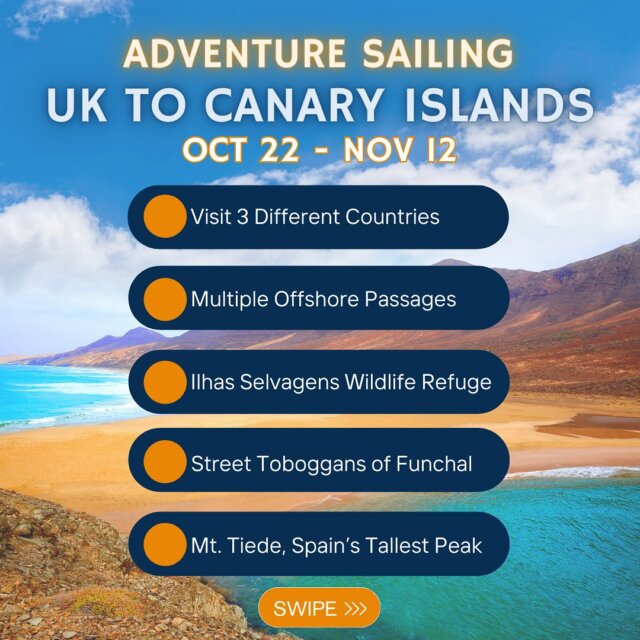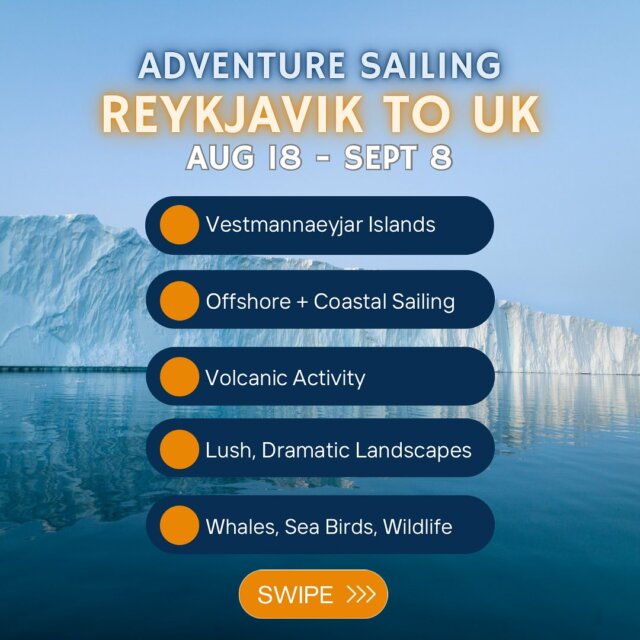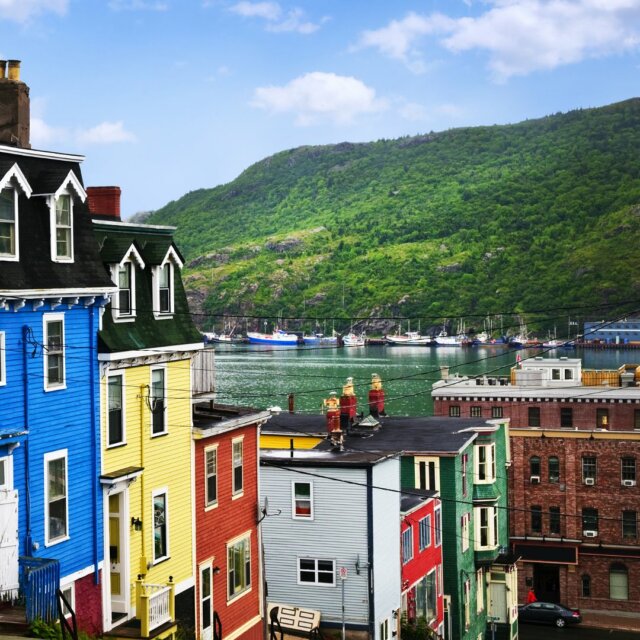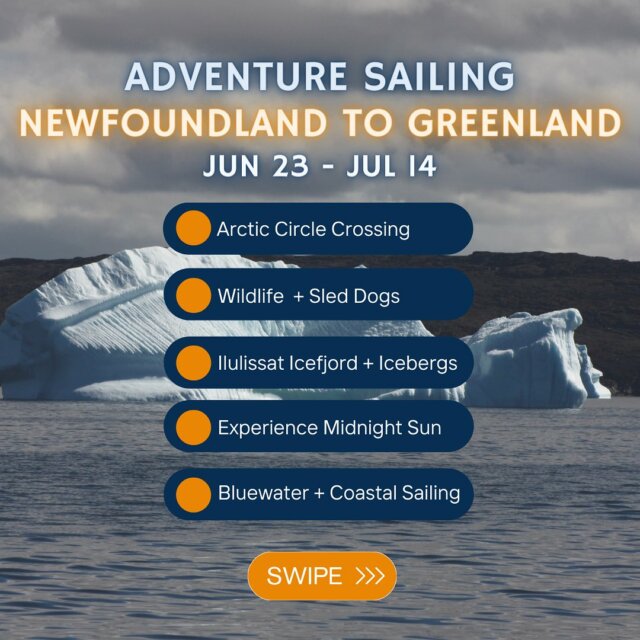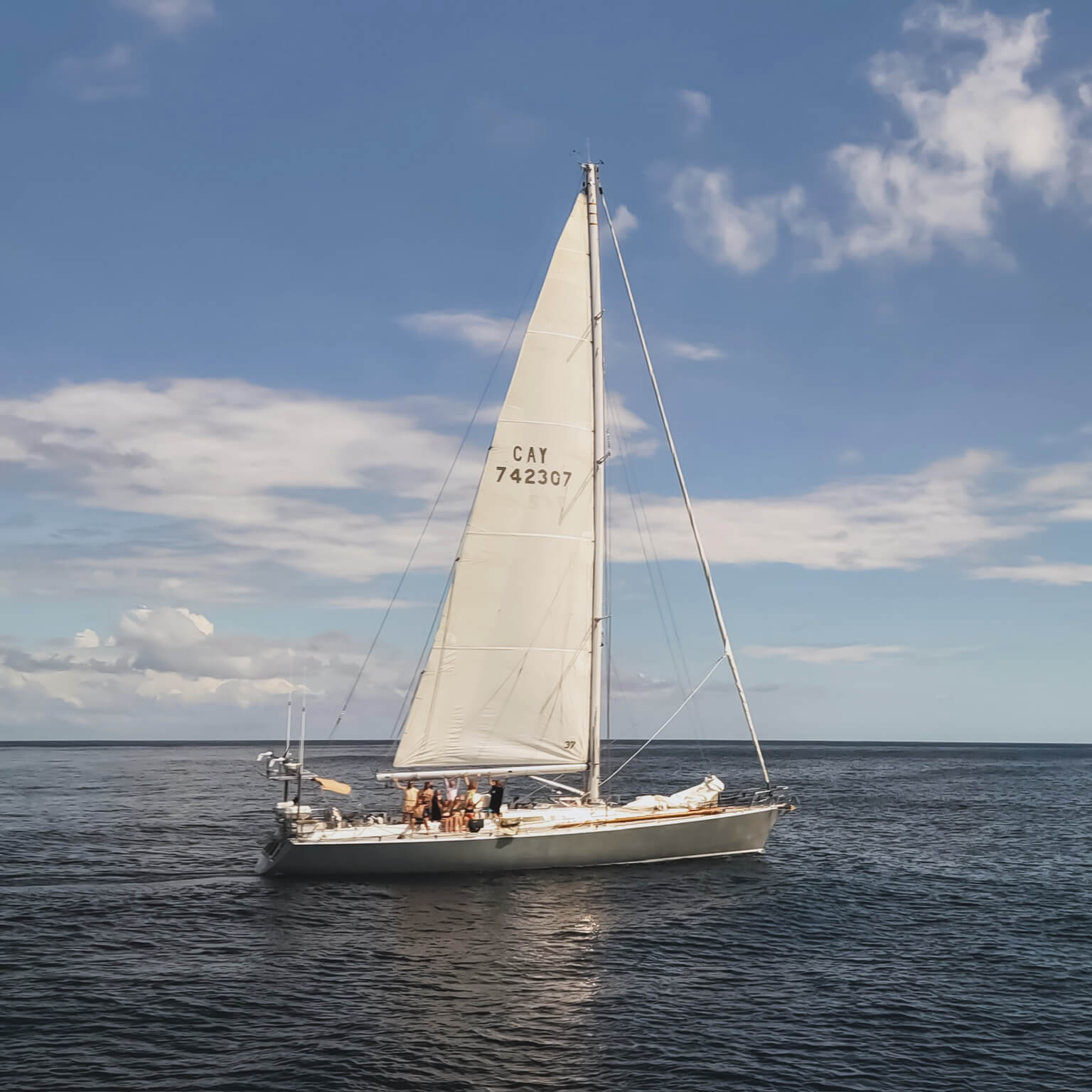During this journey I’ve strived to learn more about plastics, about the effects it can cause in the ocean, on marine life and our health.
Luckily we’ve got competence onboard Sea Dragon; toxicologists and marine biologists who can answer most of my questions regarding chemicals and toxics. In addition I’ve been reading up on the history of plastic. I wanted to know how it all started, how this immortal material managed to conquer all the other materials and take over as the predominant consumer material in our lives that it has today.
I have also been wondering about our habits and what it will take to change them. How big and how visual must a problem be to make the masses turn? I believe this is the hardest question of them all.
Talking to Diana and Jan earlier today confirmed that there is something really wrong in our mindset when it comes to our willingness of giving up habits, or make just the little effort it may require to make the bigger change.
Charging us 5 English pence, or 1 Norwegian Krone, for a plastic bag in the local grocery store seems to make some of us bring our own reusable bags, which is super. But as Jan says: ”I don’t see how people want to change their habit for the sake of 5p, and not change their habit for the sake of the environment?”, after overhearing a woman accepting the plastic bag and actually pack away her reusable bag, after being told it was free.
The accumulative cost to the planet of making and disposing of plastics is so overwhelming that nobody even wants to think about it. Instead we bury our heads in the sand. Sand filled with plastics.
And Man created the plastic bag…
As I said, I’ve read up on history, and am inspired by the book Plastic Ocean by Charles Moore. Here is some of what I’ve learned:
The invention of plastic was a race and during the 1800’s many tried without succeeding, starting with materials found in nature and basically cooked them with chemicals. These proto-plastics were used to make products that were meant to last.
Leo Baekeland, Belgium cleverly made a new type of photographic paper, Velox, in 1893 that he sold for $1 million to Eastman Kodak. He used the money to build a lab, in which after years of trial and error, he produced a blend of carbolic acid, phenol and formaldehyde. Both toxic hydrocarbons. And presented products such as pipe stems, buttons, pens, and toasters. By the early 1920’s Baekeland’s factory produced nearly 9 million pounds of plastic annually and thus the ”age of plastics” had arrived.
Polyethylene (PE) is the dominant type of plastic, and was first invented in 1933 by two Englishmen; Gibson and Fawett. Today an estimated 80 million tons of polyethylene are produced annually. Most of it used in packaging.
Nylon was patented in 1937. A material often used in toothbrushes, and that actually replaced silk in parashoots and flight suits during the World War 2, not to mention rope.
The earliest commercial plastic product bottle was a PVC squeezable bottle designed in 1947 by Dr. Jules Montenier. Then the plastic film came along, providing a cheap, lighweight material to maintain food and keep perishables fresh during transportation.
No doubt plastic is an incredible material in terms of weight and it’s ability to be formed into any size and shape. Yet it puzzles me, why this is the primarily material used when making disposable products. A material that can take up to 450 years to degrade, and we use it to make products that are used for a couple of minutes..
Polyethylene, nylon and PVC are only some of the types of plastic that we use in our daily life. Others are PFAS, PET, BPA, CR-39.. a jungle of them, and for most of us without a chemistry background it is not easy to tell them apart and to navigate among the products on the shelf.
The plastics industry has succeeded in delinking plastics pollution from the material itself and the producers, and made plastic litter become a ”people problem”. A problem that scientists have known of since the early 80’s, but that has failed to reach out to general public with a clear voice.
Plastic is like an invasive species – it doesn’t go away but accumulates. Its presence on earth grows by 300 million tons each year, of which about 8 tons end up in the oceans.
When I was little I used to spend hours picking up tiny yellow shells from the sand and looking for small treasures on the beaches of Norway. Today I spend an equivalent amount of time picking up nurdles (pre-production plastic pellets), q-tips and small pieces of broken rope and fishing gear. Nothing fills me with more frustration, than knowing that I will probably never step on a plastic free beach ever again.
Pass on the message
The other day we were lucky to see over a hundred dolphins, suddenly surrounding us, playing alongside Sea Dragon as we cut through the waves. Dolphins must be one of the happiest species that exists jumping and playing tirelessly below the surface. Then they were gone, as sudden as they had appeared. And as I was sitting on the bow, watching the sun and the waves, as a plastic bottle drifted past…
We are thousands of miles away from the nearest Gyre, where the ocean currents collect microplastics and debris into a soup. Still, we find tiny flakes and particles of plastic in our manta trawl every day, and we’ve counted over 500 sights of various macro debris that we’ve logged in the Marine Debris Tracker-app.
As we enter our last week of our Atlantic Crossing voyage, it’s time to reflect on how we will carry on the message and give a clear voice to the ocean as we have become its ambassadors. A voice loud enough to get those heads out of the sand – the sand filled with plastics.”
by Christine Spiten, Engineer and robotic underwater drone builder!

